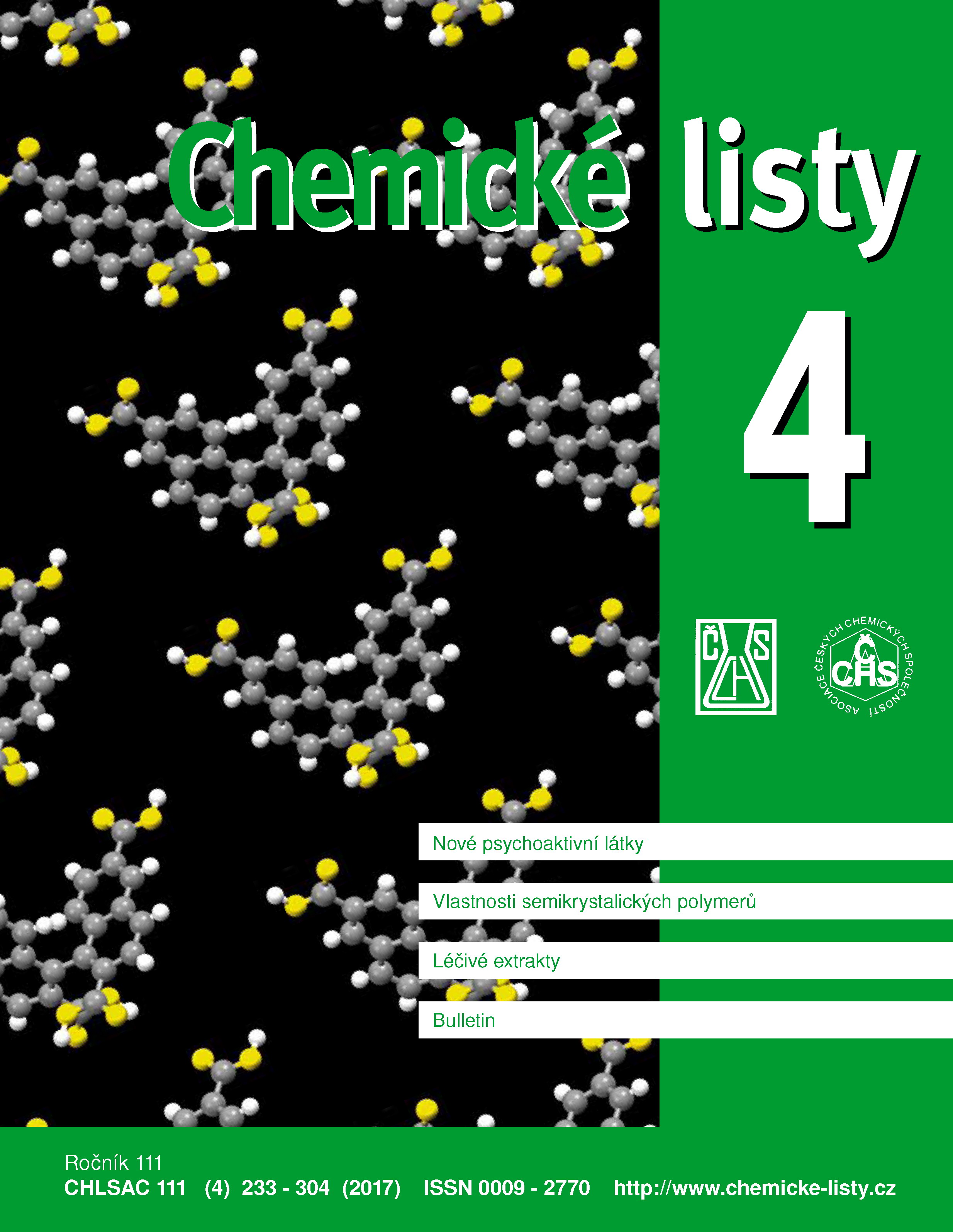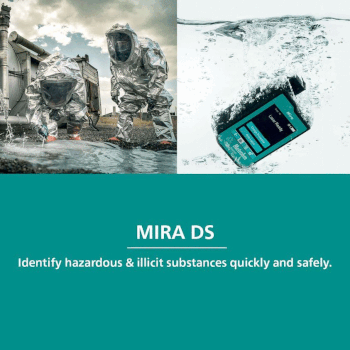Interaction between Bile Acids and Probiotic Microorganisms
Keywords:
probiotics, Lactobacillus, Bifidobacterium, bile, bile salt hydrolaseAbstract
One of the most important properties of probiotic microorganisms, among which belong especially Lactobacillus spp. and Bifidobacterium spp., is their ability to survive the conditions in gastrointestinal tract, i.e. low pH and tolerance to bile acids. The bacterial strains could use several different defend mechanisms against bile salts as are special transporters responsible for active efflux, alteration in properties of cell wall or different synthesis of surface proteins and fatty acids. Protective function can be fulfilled also by S-layer or by the increased exopolysaccharides production. Many bacteria present in gastrointestinal tract show the activity of bile salt hydrolase. This enzyme (choloylglycine hydrolase EC 3.5.1.24) is constitutive intracellular enzyme responsible for the hydrolysis of amide bond between glycine or taurine and steroid nucleus of bile acid. Bile salt hydrolase can bring several advantages to production strain, such as improvement of nutrition (use of released amino-acids), detoxication of bile or facilitation of cholesterol incorporation in the bacterial membrane which increases its strength or changes the membrane permeability. Bile salt deconjugation could also lead to a reduction of serum cholesterol in a host.





